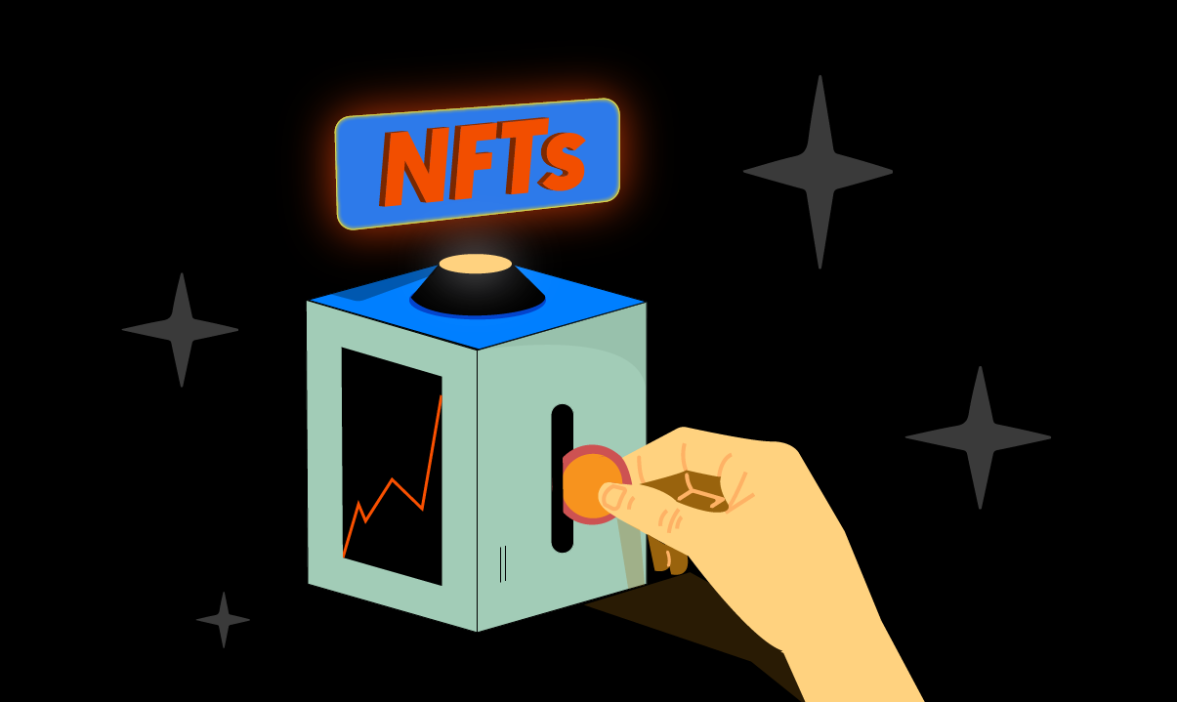KaijuKingz is a DeFi-focused PFP project created by an original community member of CyberKongz, the most notable NFT project producing passive income, in the form of $BANANA each day. Similarly, each Genesis Kaiju produces ERC-20 tokens called $RWASTE on a daily basis, which promotes holding rather than flipping. The project is based on the sea creature lore inspired by the Pacific Rim movie series. One utility of the token is to allow holders to vote on proposals as well as create Baby Kaijuz, which can be traded and used as PFPs as a derivative of a Genesis Kaiju. The team has announced an upcoming ‘legendary’ auction for 8 unique special edition Kaijuz with exclusive animations. The proceeds from those sales will fund a DAO focused on deciding the direction of KaijuKingz as well as the expansion of its ecosystem.
Kaijuz topped the volume on Opensea for a brief time, charting close to 10K ETH weekly, which is an impressive stat for a derivative project. Distribution is declining from 1986 owners to 1800 unique owners, with the top owner holding more than 150 Kaijuz. The floor sits around 3.8 ETH at the time of writing.
It is interesting to have utility for the NFTs with passive income, be it from $RWASTE, $BANANA from CyberKongz or $MILK from Cool Cats or. In Gazette #56 we wrote about Botto airdropping tokens to bluechip project holders with staking and farming. It is becoming a trend these days to integrate DeFi elements into an NFT project. Due to ‘passive income’ gaining traction as an additional incentive or form of utility on most new PFP projects, the floor of pioneer DeFi NFT projects has recently exploded on the secondary market.
Value Proposition
In the NFT space, there are only a handful of legitimate projects with a real active community, with many projects being mostly hype that wears off after launch or the art reveal. The additional layer of DeFi and ERC-20 tokens will help tackle the liquidity problem in many NFT projects, which is an important issue in terms of both value and community-building
Adding a secondary layer of ERC-20 tokens on top of the original project raises the value of the original project, but also increases liquidity in the ecosystem by drawing additional users in to interact with various elements of the project. Another use case for such tokens is participation in governance but, statistically, less than 5% of community members are bothered about on-chain governance, which is why participation in governance snapshots is extremely low. Utility to mint additional NFTs (for example, Baby Kaijuz) is another mechanic used to add value to existing holders and introduce additional entry points into the ecosystem.
NFT + DeFi
🗓️ Mark your calendars! 🗓️
— SEC (@SECGov) October 22, 2021
On November 10th, SEC Chair @GaryGensler will be the keynote speaker at the #ILPASummit. https://t.co/z73CKqRCx3 pic.twitter.com/lW3q7ORSbu
The NFT space has seen 10x in growth this year and has become an asset class of its own. Since the Bitcoin futures ETF has been approved, and the SEC has shown interest in regulating stablecoins and crypto lending, we can expect some form of regulation from the SEC on DeFi and passive income NFT projects sooner than later. The factors used in the United States for evaluating whether a financial instrument is a “security” is known as the “Howey Test”.
There are four components:
- An investment of money
- In a common enterprise
- With an expectation of profit
- Solely from the effort of others
So far, digital assets like NFTS have avoided being classified as a security due to various factors like collectability, utility or decentralization, but that is not true for all cryptocurrencies. Ripple’s XRP token has been at the forefront of this debate for years. Given that the regulations governing securities were adopted decades ago, and couldn’t have accounted for the advances in financial technology that we’ve seen in the past 10 years, a new framework from the U.S. Securities and Exchange Commission is expected in the near future.


